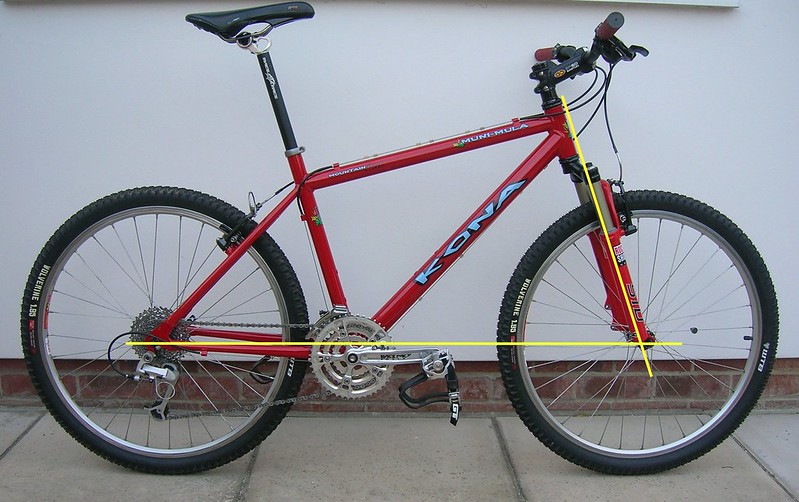TOMAS
Senior Retro Guru
So this is an age old problem that's had me boggled for ages, is there a way of fairly easily calculating what length fork A-C a given frame is designed for?
Thankfully most of my collection runs in the good old 390 A-C, however I've had situations where I have a frame and cannot work out its age etc and what fork its designed around, the only expensive/time consuming ways of calculating is through trial/error or looking back through the archives to see what fork it came out of the factory on, and then often further research into what A-C given fork runs.
I've got a feeling its going to require measuring lengths and angles but does anyone know a method that for sure works? This has all come about through a recent thread on here about a Torus type frame that a members building up and also my own quest, with a couple of late Klein frames that I've picked up and i'm building up.
Cheers for any help
Thankfully most of my collection runs in the good old 390 A-C, however I've had situations where I have a frame and cannot work out its age etc and what fork its designed around, the only expensive/time consuming ways of calculating is through trial/error or looking back through the archives to see what fork it came out of the factory on, and then often further research into what A-C given fork runs.
I've got a feeling its going to require measuring lengths and angles but does anyone know a method that for sure works? This has all come about through a recent thread on here about a Torus type frame that a members building up and also my own quest, with a couple of late Klein frames that I've picked up and i'm building up.
Cheers for any help

